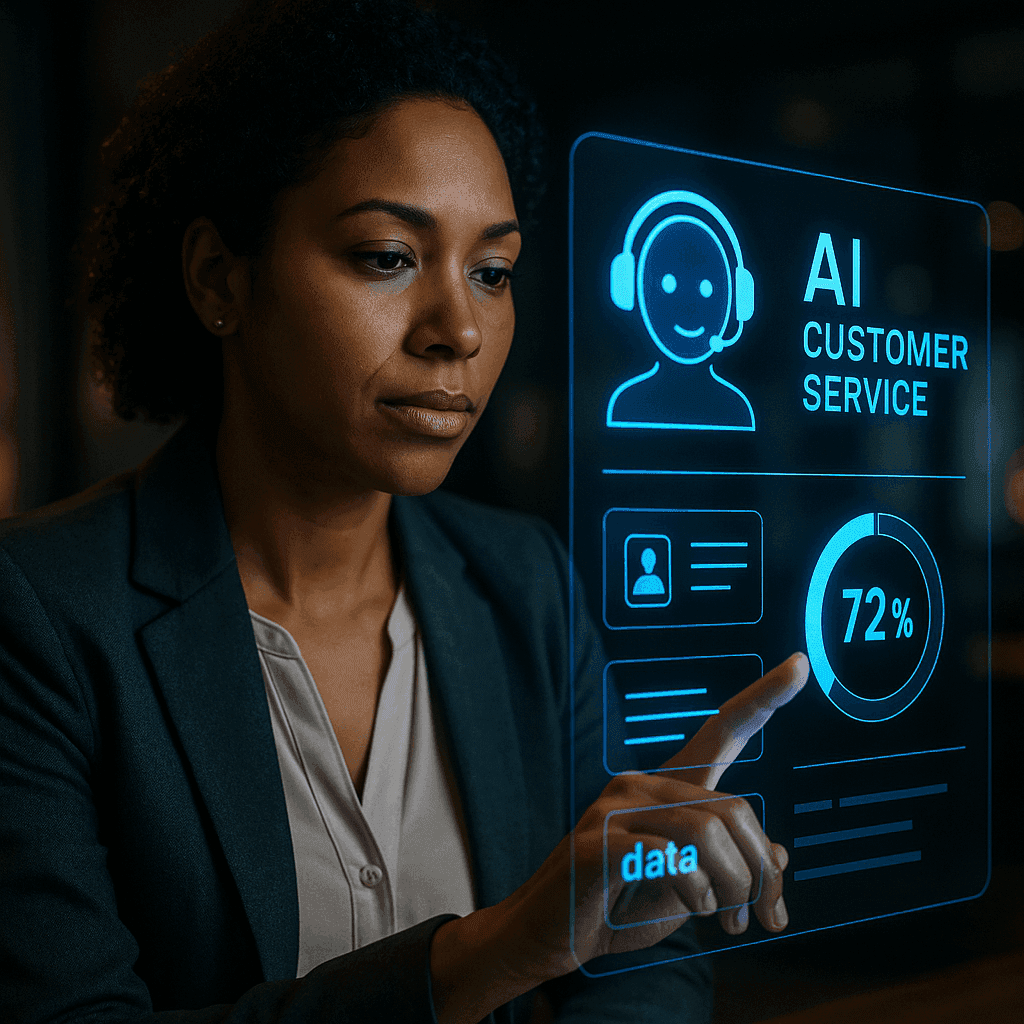PII-Safe Voice AI: A CISO’s Guide to Compliant Deployment

PII-Safe Voice AI: A CISO’s Guide to Compliant Deployment
When customers speak to AI voice agents, their conversations often contain personally identifiable information (PII) — names, account numbers, addresses, even voice biometrics.
Where does that voice data go? And what happens behind the scenes?
These questions should concern every Chief Information Security Officer (CISO).
In this guide, we’ll break down:
- The security vs. privacy trade-offs in voice AI
- Two critical questions every CISO should ask
- Best practices for compliant, secure deployment
Security vs. Privacy in AI Voice Interactions
Every voice AI interaction can contain sensitive PII:
- Names
- Account numbers
- Addresses
- Voice biometrics
The Risks
- Security vulnerabilities: Hackers could intercept or misuse voice data.
- Privacy concerns: Data may be stored or shared without proper consent, violating laws like GDPR or HIPAA.
- Biometric challenges: Voiceprints can be faked using deepfake technology, leading to fraud or identity theft.
The goal is to balance:
- Security – Protecting against breaches
- Privacy – Minimizing data collection and ensuring clear consent
Two Critical Questions Every CISO Should Ask
1. Does the AI model store my voice data?
High-Risk Approach:
Sending voice data to external providers (like OpenAI, Google, Amazon) where it might be stored for training — increasing exposure to breaches and privacy violations.
Enterprise-Safe Approach:
Choose zero data persistence. Voice data should be processed in real time and immediately discarded.
Platforms like Voice2Me.ai use this approach to meet strict compliance standards.
2. Where is the actual AI processing happening?
Shared Cloud Risk:
Voice data processed in multi-tenant cloud environments can get mixed with other customers’ data, creating cross-tenant vulnerabilities.
Isolated Processing:
Keep processing within your own security perimeter — on-premise or in a private cloud — to maintain full control and meet compliance needs.
Security Architecture Comparison
| Security Factor | Traditional AI Voice | Voice2Me.ai Enterprise |
|---|---|---|
| Data Persistence | Stored for training | Zero persistence |
| PII Handling | May be retained | Immediate encryption & disposal |
| Processing Location | Shared cloud | Your security perimeter |
| Model Training | Uses your data | Never trains on your data |
| Compliance | Vendor-dependent | FedRAMP, HIPAA, SOC 2, GDPR ready |
Step-by-Step Guide to Deploying PII-Safe Voice AI
-
Map the Data Flow
Identify where voice data enters, leaves, or is stored. Document all third-party integrations and review their PII handling policies. -
Select the Right AI Provider
- Insist on zero data persistence
- Verify compliance certifications (FedRAMP, HIPAA, SOC 2, GDPR)
-
Demand Isolation
Choose on-premise or private cloud deployments to avoid shared environments. -
Enforce Real-Time Encryption and Disposal
Encrypt all data in transit and at rest. Automatically delete voice data immediately after processing. -
Prevent Model Training on Your Data
Ensure contracts clearly prohibit using your PII for model improvement. -
Monitor and Audit Continuously
Use AI-driven monitoring for anomalies and schedule regular audits for compliance.
Action Items for CISOs
- Integrate Voice AI privacy checks into vendor evaluations
- Collaborate with legal, privacy, and IT teams to maintain up-to-date data flow maps
- Stay current on evolving AI privacy regulations (GDPR, HIPAA, CCPA)
- Educate staff on AI-related risks, including deepfake voice scams
Final Thoughts
In the age of conversational AI, trust depends on both innovation and compliance.
CISOs must ensure voice AI systems protect sensitive data from the first spoken word to the final deletion.
Key takeaway:
Adopt solutions like Voice2Me.ai Enterprise that build security, privacy, and compliance into every layer — allowing your organization to innovate with confidence.
📎Attachments (1)
More Articles

The CX Revolution: 65+ AI Customer Service Stats You Need for 2025
Explore how AI is rapidly transforming customer service by 2025, from lightning-fast chatbots to hyper-personalization, and why a human touch still matters.

Is AI Taking Over Customer Service? What 2025 Really Looks Like
Explore how AI is reshaping customer service in 2025, from hyper-personalization to autonomous agents, and discover the essential balance between efficiency and the human touch.